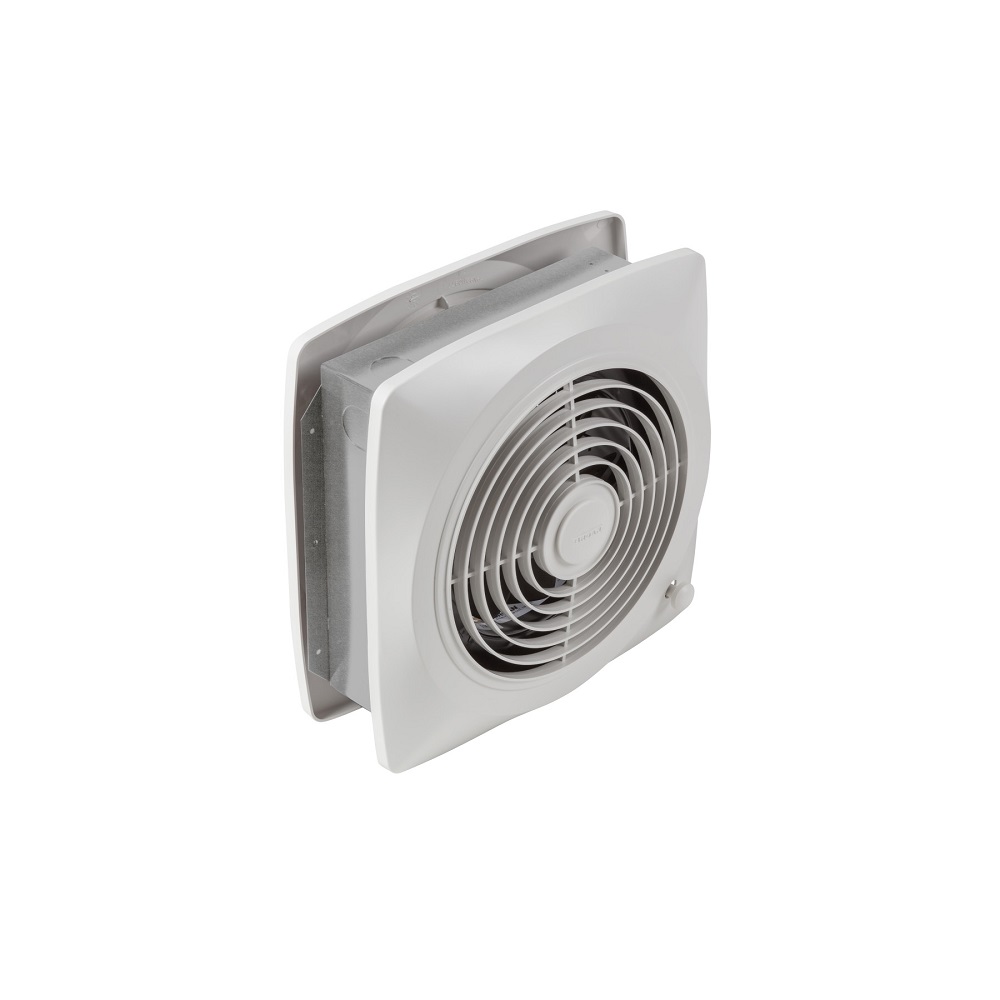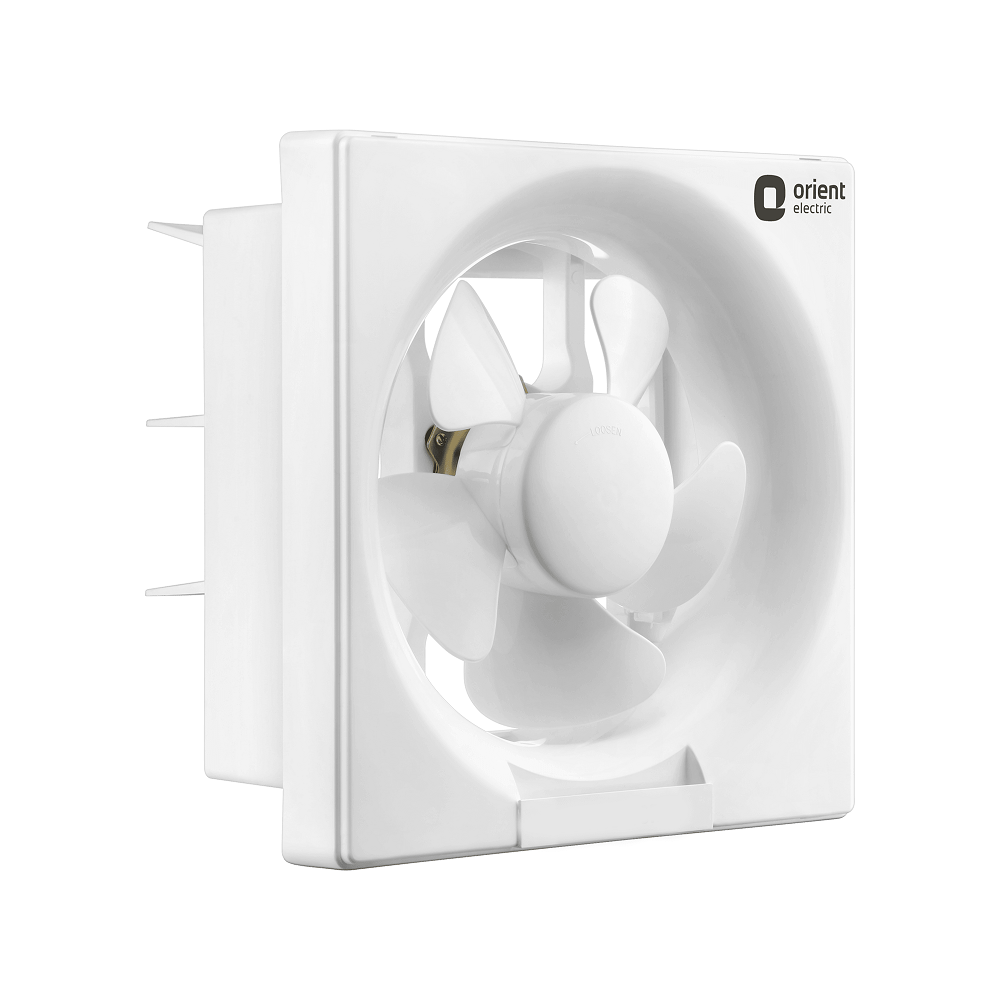Introduction to Bathroom Exhaust Fans
A bathroom without proper ventilation is a breeding ground for moisture and mold. Your bathroom exhaust fan plays a vital role in keeping this space clean and dry by expelling humid air and bringing in fresh air from outside. If you’ve been noticing issues with your current fan, it may be time to consider replacing your bathroom exhaust fan. In this guide, we’ll walk you through the different types of exhaust fans, their importance, signs that indicate the need for replacement, and choosing the right model for your needs.
Types of Bathroom Exhaust Fans
Knowing the types of bathroom exhaust fans helps in making an informed decision when replacing one. There are mainly three types of fans used in bathrooms:
- Ceiling-mounted fans extract air through a duct system leading outside.
- Wall-mounted fans are installed on external walls and directly expel the air outside.
- Inline fans, situated within the ductwork, can service multiple bathrooms and also direct air out of your property.
Choosing the correct type depends on your bathroom’s design and ventilation requirements.

Importance of Proper Ventilation
Proper ventilation in your bathroom is crucial for several reasons:
- Prevents mold and mildew: By removing moist air, exhaust fans reduce the risk of mold formation, contributing to a healthier environment.
- Removes odors: Ventilation fans are effective at clearing out unpleasant smells, ensuring your bathroom stays fresh.
- Protects fixtures: By reducing humidity levels, exhaust fans help prevent damage to walls, paint, and fixtures.
A well-ventilated bathroom not only looks and feels cleaner but also maintains a higher air quality, which is essential for the well-being of your family.
Signs That You Need to Replace Your Exhaust Fan
Your bathroom exhaust fan is key to a fresh and mold-free atmosphere. But how do you know it’s time for a replacing bathroom exhaust fan? Watch for these tell-tale signs that signal your fan might be due for an upgrade.
Unusual Noises and Excessive Noise Levels
Notice loud or strange sounds? Fans should run quietly. Grinding, buzzing, or rattling suggests motor or blade issues. It’s time to consider a new fan when noises persist.
Persistent Bad Odors and Ineffective Odor Removal
If unpleasant smells linger, your fan might be failing. A well-functioning fan should efficiently clear odors. Persistent foul smells indicate it’s time for a replacement.
Moisture and Mold Issues
Excess moisture or mold on walls points to poor ventilation. An effective exhaust fan minimizes these risks. If mold persists, your current fan may not be up to the task.
Age and Wear of Current Exhaust Fan
Fans wear down over time. Aged fans perform poorly and often need replacement. Check your fan’s lifespan – it might be serving its final days.
Choosing the Right Replacement Fan
When it’s time to replace your bathroom exhaust fan, selecting the right model is essential. A new fan will improve air quality, curb moisture, and diminish odors. Here’s how to choose the right one.
Different Models and Features to Consider
There are numerous models with varying features suited for different bathrooms. Here are key factors to consider:
- Noise Level: Opt for a fan with a low sone rating for quiet operation.
- Fan Size: Ensure the fan size matches your bathroom’s square footage.
- Air Movement: Measured in cubic feet per minute (CFM), select a fan that provides adequate air exchange.
- Energy Efficiency: Fans with ENERGY STAR ratings consume less power.
- Additional Features: Look for features like humidity sensors, built-in lights, or heaters, depending on your needs.
Understanding Ventilation Requirements
Getting the ventilation right is crucial. Here’s what to keep in mind:
- Calculate CFM Needs: A general rule is having 1 CFM per square foot of bathroom area.
- Duct Size: Compatibility with existing ductwork is important to avoid extra modifications.
- Exterior Venting: Ensure the fan vents outside to expel moist air effectively.
Choosing the right exhaust fan is a balance of functionality, features, and compatibility with your bathroom. Always consider professional advice if unsure about your selection.

The Process of Replacing a Bathroom Exhaust Fan
When you realize it’s time for replacing bathroom exhaust fan, following the right steps ensures a smooth transition. Whether to handle high humidity or to take out bad odors, installing a new fan is crucial. The process is straightforward if you’re handy, but you can always seek professional help if needed.
Preparing for the Replacement
Before you start, get the right tools and fan model. Check the bathroom size and buy a fan with the correct CFM rating. Turn off the power at your circuit breaker for safety. Gather your tools; you’ll need a screwdriver, drill, and possibly a ladder.
Step-by-Step Installation Guide
First, remove the old fan. Unscrew and gently take it out. Check the wiring and duct alignment. Install the new fan. Secure it with screws and attach the ducts. Connect the wiring as per the manufacturer’s guide. Fix the grill on the new fan.
Safety Considerations During Installation
Safety is key during installation. Work with the power off to avoid electric shocks. Use a sturdy ladder to reach the fan location. Wear protective gear, like gloves and goggles. Follow the manual closely to prevent mistakes. Double-check connections before turning the power back on.
Your bathroom’s ventilation is now set to improve your home’s air quality. Make sure to follow the guide closely for a successful replacement.
Troubleshooting Common Issues After Installation
After you have replaced your bathroom exhaust fan, you might encounter some challenges. Troubleshooting common problems ensures your fan functions effectively.
Addressing Insufficient Ventilation
If you notice the bathroom remains humid or odors linger after installing a new fan, check the following:
- Fan Size: Confirm that the fan’s CFM rating is proper for your bathroom’s size.
- Ductwork: Ensure the ducts are clear and properly connected to the fan.
- Vent Blockage: Check if the outside vent is free from obstructions.
- Fan Position: The fan should be centrally located for optimal airflow.
Taking these steps can improve the ventilation and efficiency of your fan.
Dealing with Electrical Concerns
Electrical issues may arise post-installation. If your exhaust fan is not working correctly, consider these solutions:
- Power Supply: Ensure your circuit breaker is on and the fan is receiving power.
- Wiring Connections: Double-check wiring connections. They must match the fan’s manual.
- Switches and Timers: Test switches and timers if your fan is equipped with them.
- Professional Help: If problems persist, it’s wise to call a professional electrician.
Remember, your safety is paramount when working with electricity. If in doubt, contact a professional.
Maintenance Tips for Your New Bathroom Exhaust Fan
Proper care of your bathroom exhaust fan extends its life and boosts its performance. Here are some simple, yet crucial maintenance tips.
Regular Cleaning and Care
Keep your fan clean to ensure it operates well. Turn off the power, remove the cover, and use a soft cloth or brush to remove dust and debris. Clean the fan blades and cover before reattaching. Do this at least twice a year.
Monitoring Performance and Addressing Issues
Listen for any unusual noises; this can indicate a problem. Check for consistent air flow and note any reduction in performance. If issues occur, inspect for blockages or damage. Repair or replace parts as necessary.
By following these tips, you keep your fan running smoothly. Regular maintenance prevents bigger issues and maintains a fresh bathroom environment.

Conclusion
After discussing the necessity of proper ventilation, signs indicating your exhaust fan might need replacement, and guiding you through selecting and installing a new fan, it is clear that maintaining an efficient bathroom exhaust system is paramount for a healthy home environment. Upgrading your bathroom exhaust fan comes with multiple benefits.
The Benefits of Upgrading Your Bathroom Exhaust Fan
Upgrading your bathroom exhaust fan offers numerous advantages that go beyond just improving air quality. It can lead to energy savings if you choose an ENERGY STAR-rated model, and it can reduce the risk of mold and damage to your bathroom fixtures by effectively removing excess moisture. A new fan usually operates more quietly and provides better ventilation, ensuring your bathroom remains free of odors and humidity.
Replacing your old fan also gives you the chance to add advanced features like humidity sensors or timers, which further enhance the comfort and functionality of your bathroom. These benefits make the upgrade not just a matter of fixing a broken fan, but an improvement to your overall quality of life.
Professional Services vs. DIY Installation
Deciding between professional services and DIY installation can be tough. If you are confident in your handyman skills, replacing a bathroom exhaust fan can be a straightforward DIY project. However, for safety and assurance, professional services might be the better choice. They can offer you expert advice, ensure proper installation, and save you from potential electrical hazards.
Professionals are equipped with the right tools, experience, and knowledge to quickly diagnose any problems and ensure that the fan is compatible with your bathroom’s existing system. While hiring professionals comes at a cost, the investment is often worth the peace of mind it brings.
In conclusion, whether you decide to tackle the installation yourself or hire a professional, the end goal is to have a fully functional bathroom exhaust fan that enhances ventilation, reduces humidity, and contributes to a healthier living space. Remember to keep regular maintenance in mind to prolong the life of your new fan and keep it running efficiently.


